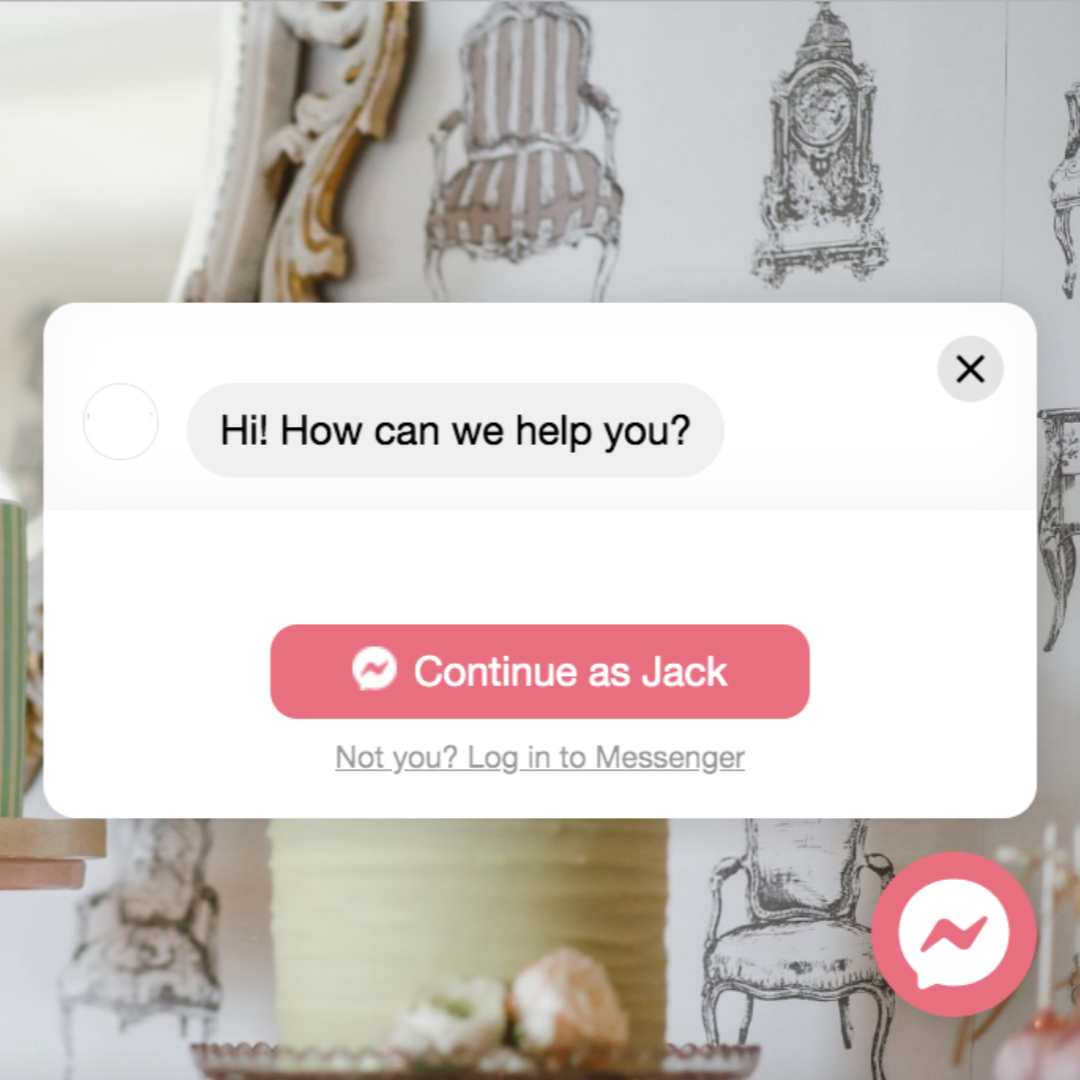Help Centre
Support > Designing and Building Your Website > Designing Your Website
Create Glossary
There is often a shared vocabulary when building a website, and knowing the key terms will help make understanding some of these concepts easier. This short glossary covers some of the most common terms you're likely to come across.
Alt tag – A text description that can be added to an image to allow search engines and blind users to understand the content, and to provide a fallback if the image doesn't load.
API (Application Programming Interface) – a method of transferring data between web services, e.g. sharing a blog post to Twitter.
Browser – Software used to access and display web pages, e.g. Google Chrome, Safari, Internet Explorer.
Browser Cache – Information from websites automatically stored by a web browser to quicken loading times. This can often cause conflicts when new information is published.
CMS (Content Management System) – the system used to control the content of your website, e.g. Create.
Cookie – A small piece of information that is sent by a website and stored by a browser, often vital for e-commerce transactions, and services where logging in is required. Find out how to add cookie consent to your website >>
Domain – A domain name is the address or URL that is used to search for your website on the internet, for example, ours here at Create is ‘create.net’.
E-commerce – Online Shop.
FTP – (File Transfer Protocol) the standard method for uploading and downloading files on the internet.
Hosting – This is where the content of your website (pages, images etc.) are stored online.
HTML – Coding behind a website/ How text is formatted etc.
HTML Fragment – A piece of HTML code that can be inserted into a web page from other sources such as, to name just a few, if you join an affiliate program or a banner exchange, or you wish to place a free counter on your site.
IP Address – A unique numerical address assigned to a computer on the internet.
URL – (Uniform Resource Locator) – The web address… could also have the page on at the end.
ISP (Internet Service Provider) – the company that provides your internet connection, e.g. BT, EE, Sky.
Junk Mail – Mail/ Email consisting of often unwanted advertising and marketing material.
Kbps – (Kilobits per second) – A unit to measure connection or transfer speeds. Refers to thousands of bits per second.
Markup Language (HTML, XML etc) – A system of tags and codes that when inserted with text and read with special software, displays formatted text, images and other elements.
Meta Tag – An HTML Tag for embedding certain types of information in a web page document.
Operating System – The system software used to run a device, e.g. Windows, iOS, Android
Optimization/Optimiser – A method used to reduce the file size of an image to enable it to load onto a web page faster.
Responsive – A website that is automatically optimised for viewing on any device size, e.g. mobile, tablet, desktop
Search Engine – An online utility that enables web surfers to find websites based on search criteria they provide.
SEO (Search Engine Optimisation) – the process of building your site content to be more discoverable by search engines.
Social Media – a tool that allows you to interact with thousands of others via a profile, e.g. Facebook, Twitter, Pinterest.
Spam – Similar to junk mail, consisting of often unwanted advertising and marketing material.
Spambot – An automated program that crawls sites for email addresses. These are not harmful to your site or SEO rankings
SSL certificate – Provides communication security over the internet.
Thumbnail Image – A small version of an image which may be used in an online shop in a list of products so that your customers can get a rough idea of what a product looks like. You would then usually click on the thumbnail to make the image bigger if you wanted to see the image in more detail.
Related Articles
More Questions?
If you have any further questions, please get in touch and we will be happy to help.
Get in Touch



